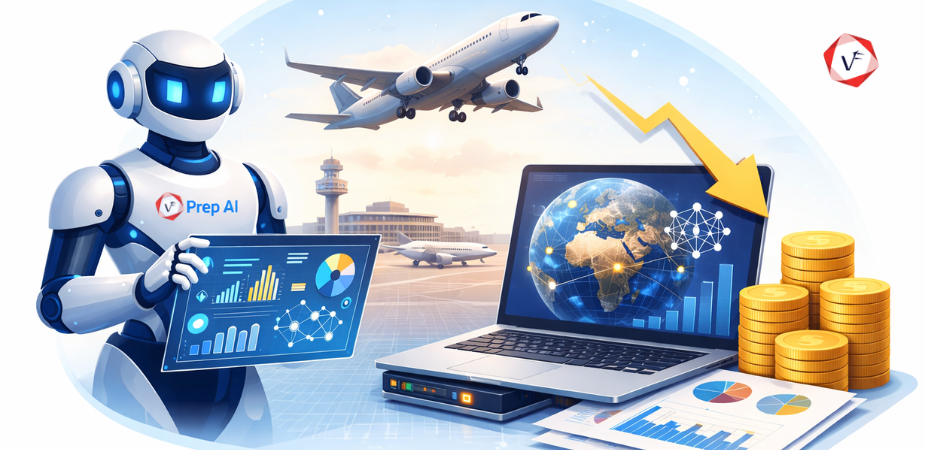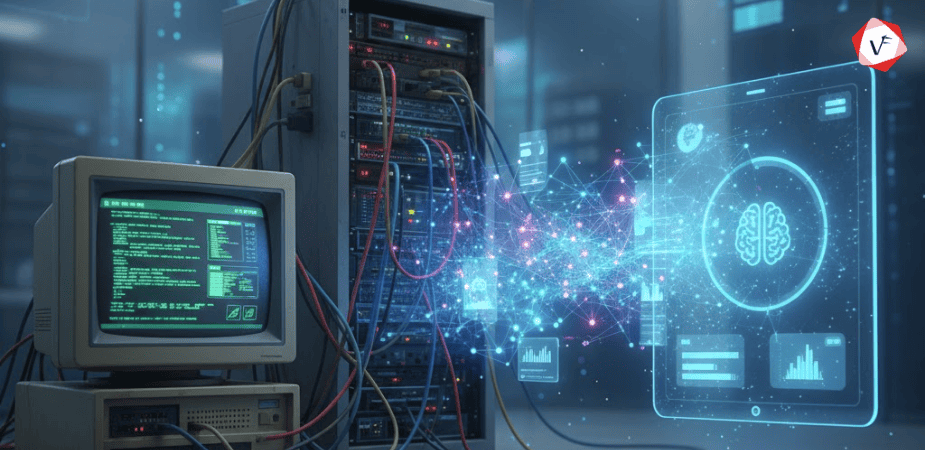Companies are rethinking IT priorities in the light of rapidly evolving business requirements. There’s a new focus on analyzing heterogeneous environments and improving speed beyond the complete enterprise technology stack, from data centers and multiple clouds to remote operation conditions and superior analytics. Requests for immediate cost savings, operational agility, flexibility, and security are inspiring transformation.
Why IT Modernization?
Modernization helps organizations to reinvent themselves and improve the business quickly and decrease the time to market. It suggests new approaches to working that tackle the speed of the cloud and new practices that consider agility and innovation. Advanced technology platforms support unlocking data for more profound insights about clients and services.
Eventually, organizations can adjust to market fluctuations quicker and attempt new business standards when approved with digital services, agile methods, and good business intelligence.
This article examines key success factors for modernization, from analyzing and optimizing existing IT to transforming applications and procedures to run in a hybrid, multi-cloud world.
Key Factors For IT Modernization Success
For most companies, IT modernization is a migration from traditional platforms and methods to a recent IT domain and a new working model. The route to modernization includes five success factors: adjusting IT with the business, interpreting and optimizing the current IT, modernizing RPG applications and data, running securely in a hybrid situation, and lastly putting a plan into action.
Keep your business a step ahead ! We will help your business grow, get in touch with our team for building a perfect IT strategy for your business.
While modernization projects follow a predictable sequence, each organization may concentrate on various parts of the journey — or operate on all five together.
1. Align IT With The Business
The primary and important step toward modernization is the association of IT and business policies within the organization — discovering which developments fit with the overall business approach, finding possibilities to follow with that vision, and receiving a well-thought-out plan.
This arrangement requires high levels of collaboration and support among older leaders on the investments required to achieve claimed business results such as cost savings, compliance, and business expedition.
Through association and scenario preparation, organizations obtain a much greater understanding of ROI and how resources can be redirected for change. Business and IT must reevaluate policies frequently, especially when business requirements are uncertain.
Constant feedback and metrics will develop and reshape modernization ventures.
2. Simplify And Optimize IT
Overly complicated systems stop organizations from concentrating on their imperative agendas. Aging IT fields can run up costs, prevent quality and reduce the pace of development.
To optimize for costs, companies can achieve a technology refresh that combines lean methods and automation, increasing workload placement, and discarding extra or underused systems, services, and data.
Businesses can also continuously optimize the IT ecosystem with computerized workload administration tools and achieve software-defined systems. Refurbishing IT frees up support and budgets that can be directly connected to innovation and encourage new assistance and progress to the cloud.
3. Modernize Applications And Data
Many established enterprises strive to recognize and achieve a workload placement policy for conventional and cloud environments. Often the limitations are both technological and economic.
These can be defeated, in part, by supporting the business problem for each request on a case-by-case basis, improving or modifying the application, then leaving them. This application rationalization method comprises workload placement deciding where an application and data should live and how it will adequately serve those who practice it.
After the business preferences have been established, the organization can evaluate and reconcile the application (pointing to cost savings), renew or transform the application (facilitating speed, agility, and further savings) or extend a cloud-based operating model — all while viewing the security, administration, and financial demands.
Related read: Why legacy system modernization is important for your organization.
4. Operate And Ensure Hybrid At Scale
Most large companies will have to manage a hybrid IT landscape in the coming years, so they require an operating model that assures the business can return to market developments and continue to obtain a much more extensive ecosystem as cloud resources grow.
By choosing a hybrid IT environment, companies can continuously innovate, provision IT assets on request, and present expenditure elasticity while rejecting IT’s regular fixed assets.
Accomplishing this type of hybrid architecture offers challenges, including the requirement to scale and combine cloud systems with the prevailing IT environment. This challenges organizations to promote new strategies for working in accordance with resources on-premises, in data centers or the cloud, and at the edge.
The brand-new operating model secures integrated operations, smart automation at scale, and the capacity to leverage analytics, AI, and lean methods for more comprehensive insights, speed, and performance.
5. Putting A Plan Into Action
Chief information officers need to build a genuine business case for a modern IT domain. This starts with arranging modernization applications with business policy, examining IT services that can free up funds for new investments, and discovering ways to incorporate applications and data to enhance analytics programs.
Prosperous execution wants a plan that includes people, processes, and technology. Consider these tactics:
- Build for speed and insights
Modern IT backgrounds help organizations improve speed and unlock data for the company. Data is an imperative asset that encourages new ways of doing business. A modern platform facilitates deep analytics, including data mining, machine learning, and predictive analytics, which appears in proactive end-to-end supervision and more trustworthy business intelligence.
- Design toward NoOps
Intelligent automation is core to creating flexible operations and costs approximately adjusted with the business. Automation provides real-time data and machine learning to improve effectiveness in application services, development, IT delivery, security, and much more. Eventually, IT should design toward NoOps, additional development of the operating model that relies on automation and self-healing practices.
- Plan on cultural change
Start with a core team beyond IT and extend outward to scale. As conventional procedures evolve with the move to the cloud, IT must embrace new practices, including DevSecOps and site reliability engineering (SRE), which controls automation and implements it to the full technology stack. Software engineers concentrate on developing automation and loyalty. This strategy requires a merging and reskilling of development and operations staff into mixed teams that share varied skills. By reducing the silos, companies can lower operating costs while concurrently increasing application dependability and uptime.
- Don’t go it alone
Modernization is challenging, but you don’t ought to go it alone. Get help from a supplier with integration expertise, cloud management abilities, and a demonstrated track record of thriving transformation at scale. Highly powerful partners can offer a definite point of view, established methodologies, and a strong partner ecosystem that gives technology-independent solutions.
How We Help In IT Modernization For You
As one of the leading software development companies in India, our team is a distinguished leader in complicated, enterprise-scale transformation. We help clients decrease modernization costs and uncertainties while improving coordination at every stage. Our IT modernization solutions are underpinned by our business technology stack, which involves an end-to-end suite of technology services, tools, and skills.





